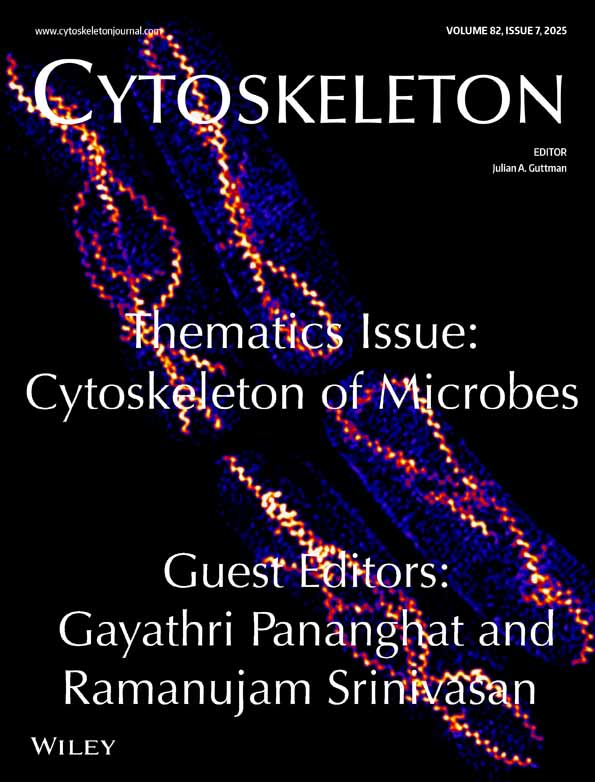Ultrastructural analysis of the aberrant axoneme morphogenesis in thrips (Thysanoptera, Insecta)
Abstract
Thrips spermiogenesis is characterized by unusual features in the differentiating spermatid cells. Three centrioles from which three individual short flagella are initially assembled, make the early spermatid a tri-flagellated cell. Successively, during spermatid maturation, the three basal bodies maintain a position close to the most anterior end of the elongating nucleus, so that the three axonemes are progressively incorporated in the spermatid cytoplasm, where they run in parallel to the main nuclear axis. Finally, the three axonemes amalgamate to form a microtubular bundle. The process starts with the formation of rifts at three specific points in each axonemal circumference, corresponding to sites 1,3,7 and leads to the formation of 9 microtubular rows of different length, i.e. 3 “dyads”, 3 “triads” and 3 “tetrads”. In the spermatozoon, the nucleus, the mitochondrion and the bundle of microtubules are arranged in a helicoidal pattern. The elongation of the spermatozoon is allowed by the deep anchorage of the spermatid to the cyst cell through a dense mass of material which, at the end of spermiogenesis, becomes a long anterior cylindrical structure. This bizarre “axoneme” does not show any trace of progressive movement but it is able to beat. According to the presence of dynein arms, sliding can take place only within each row and not between the rows. The possible molecular basis underlying the peculiar instability of thrips axonemes is discussed in light of the present knowledge on the organization of the axoneme in mutant organisms carrying alterations of the tubulin molecule. Cell Motil. Cytoskeleton 2007. © 2007 Wiley-Liss, Inc.




